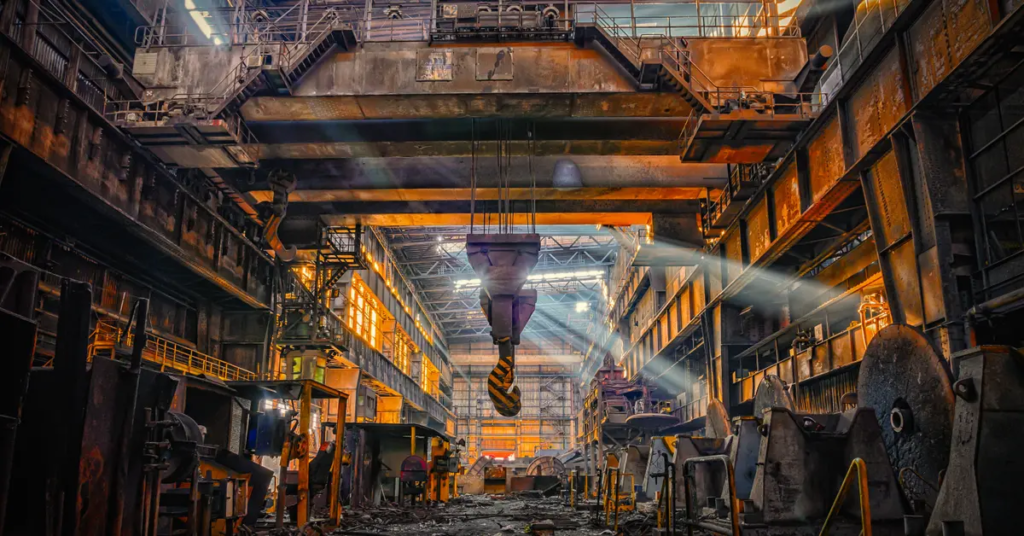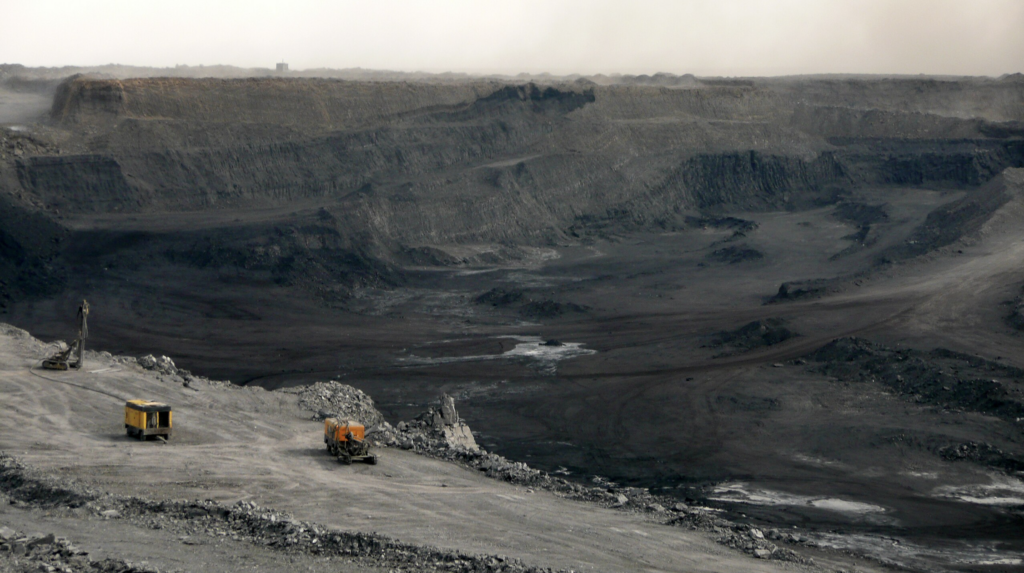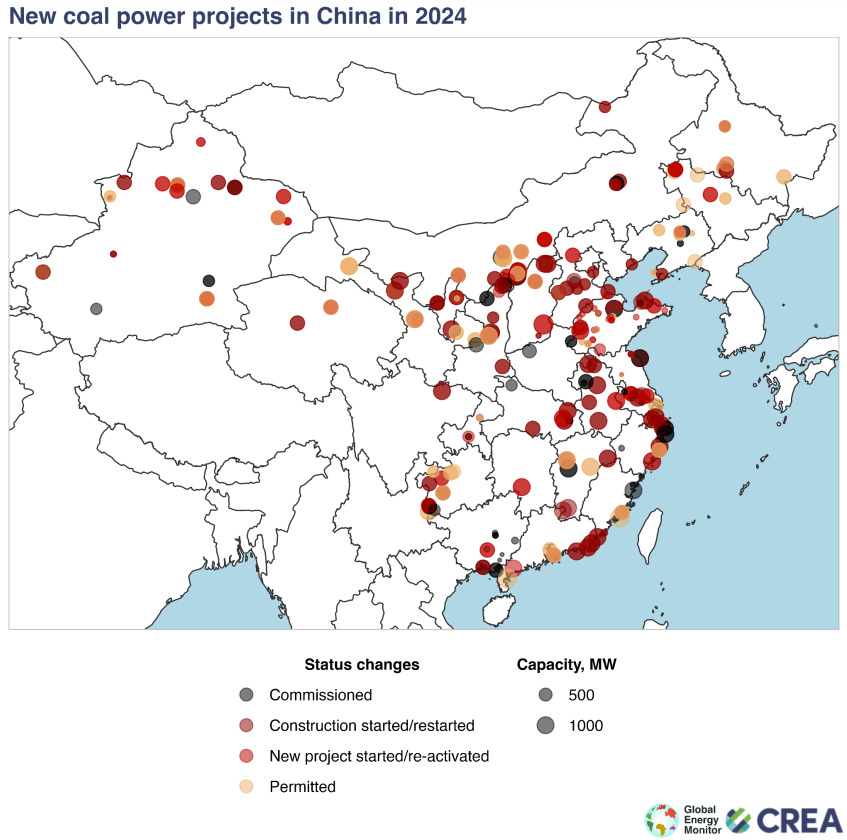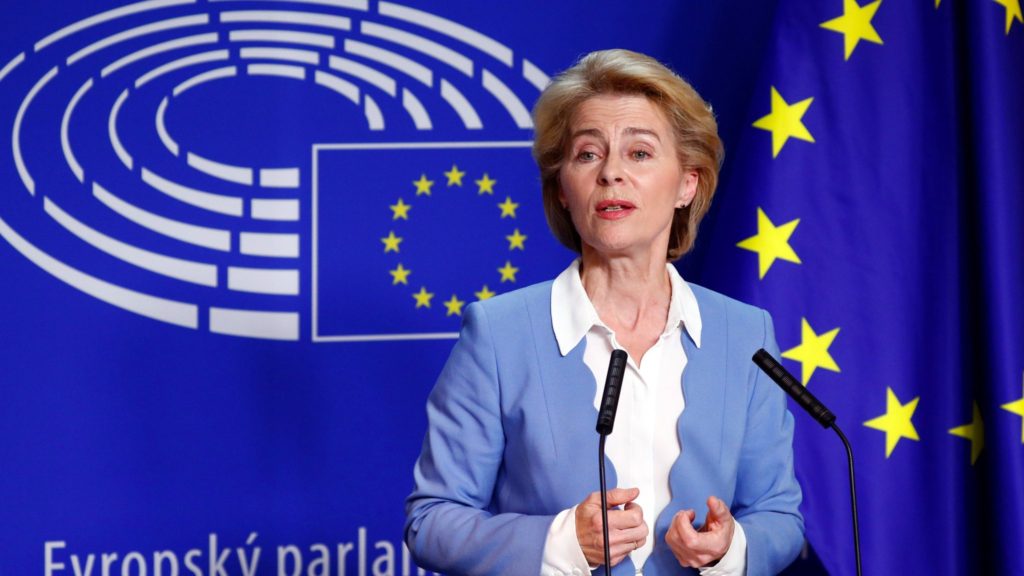China’s steel industry faced a setback in March, with its Purchasing Managers’ Index (PMI) dipping to 44.2, according to the CFLP Steel Logistics Professional Committee (CSLPC). This indicates a contraction in the sector for the month.
Key Findings:
- The steel PMI fell 1.8 points compared to February, signaling a decline in steel sector activity.
- Slow demand recovery, falling steel production, and downward price trends for raw materials and finished steel were cited as key factors.
- While new steel orders rose slightly (3 points) to 44.4 in March, it remained below the growth threshold (45) due to pessimism among traders regarding infrastructure and property market demand.
- Steel production also dropped significantly, with the sub-index falling 7.5 points to a 10-month low of 37.7. This reflects a decrease in steelmaker enthusiasm for ramping up output due to the sluggish demand.
- Daily crude steel production among member mills of the China Iron and Steel Association (CISA) further declined to an average of 2.05 million tonnes/day in March.
- Raw material procurement prices also plunged, with the sub-index reaching a 10-month low of 22.4. This is attributed to decreased buying by steel producers due to lower production levels.
Limited Growth Expected in April:
The CSLP Committee predicts a slow rise in domestic steel demand for April, with limited room for significant growth. They project a modest increase in steel output, while prices for both raw materials and finished steel are expected to continue falling.
Manufacturing Sector Rebounds:
In contrast to the steel sector’s contraction, China’s overall manufacturing PMI rebounded into expansion territory in March. This 1.7-point increase to 50.8 signifies a recovery in manufacturing activity after the Chinese New Year holiday.
Recovery Driven by Several Factors:
- Faster resumption of operations at domestic manufacturers following the holiday.
- Improved market activity within the industry.
- An increase in new orders (up 4 points to 53) and production (up 2.4 points to 52.2).
Ferrous Metals Remain in Contraction:
However, it’s important to note that the ferrous metal smelting and fabrication sector, which includes steel, remains in contraction territory.
Export and Import Activity Picks Up:
The manufacturing industry’s exports and imports also showed signs of gradual recovery after the holiday period. The sub-index for new export orders reached 51.3, returning to expansion for the first time since March 2023. The import sub-index also rose to 50.4.
Recovery Across Enterprise Sizes:
The PMI for all sizes of manufacturing enterprises improved in March. Notably, the PMI for small-sized firms reached expansion territory for the first time in a year, climbing to 50.3. Medium-sized and large-sized manufacturers also saw increases in their PMIs.
Non-Manufacturing Sector Continues Growth:
China’s non-manufacturing PMI also continued its upward trend for the third consecutive month, reaching 52.4 in March. This indicates growth in sectors like construction, where the sub-index rose to 56.2, reflecting accelerated activity with warmer weather and business resumptions.
Overall, China’s manufacturing sector is showing signs of recovery after the holiday period. However, the steel industry faces continued challenges due to weak demand and falling prices.
By: The Coal Trader, AI generated









